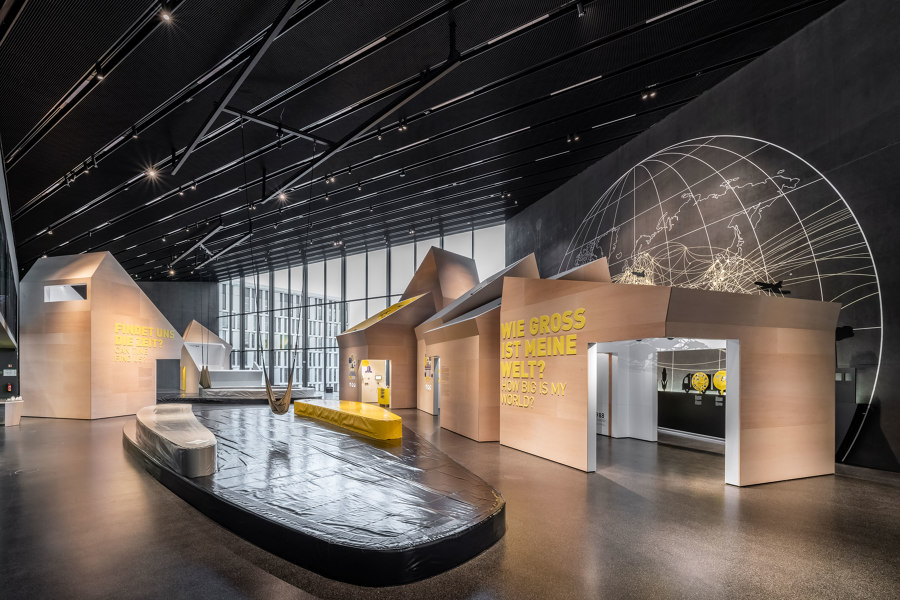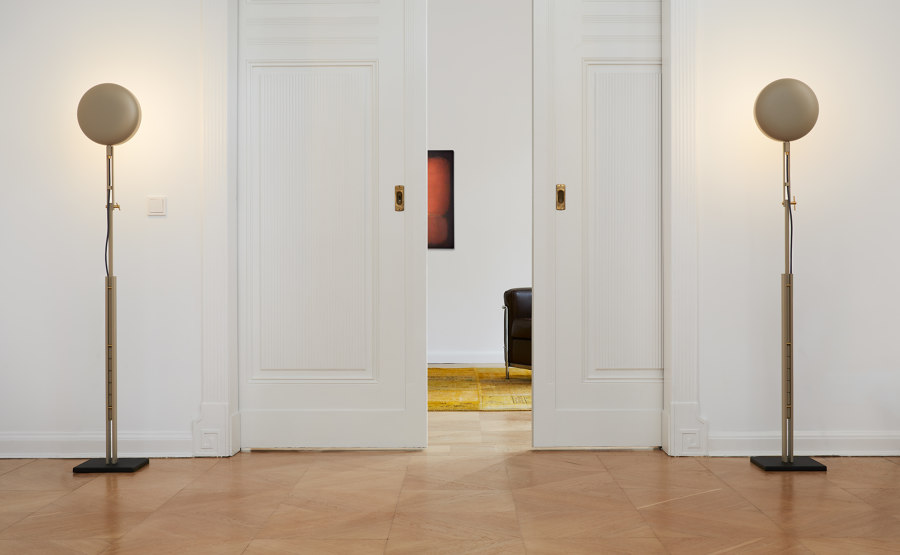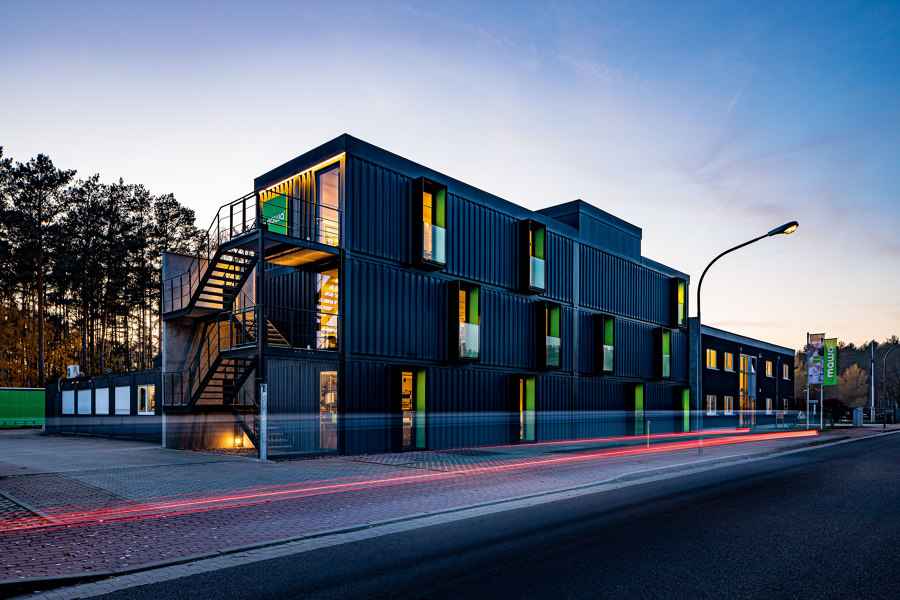Everything depends on the lighting: Mawa
Historia de la marca de Gerrit Terstiege
Michendorf, Alemania
21.06.21
There’s no such thing as ‘can’t’ – with an attitude like this, it’s no surprise that luminaire manufacturer Mawa, known for its experimentation, is loved by creatives...
Mawa developed a customised lighting solution for the Sacred Heart Church in Berlin: the fbl, one piece and wittenberg 4.0 luminaires are used here, and matched to the respective room situation. Photo: Stefan Wolf Lucks
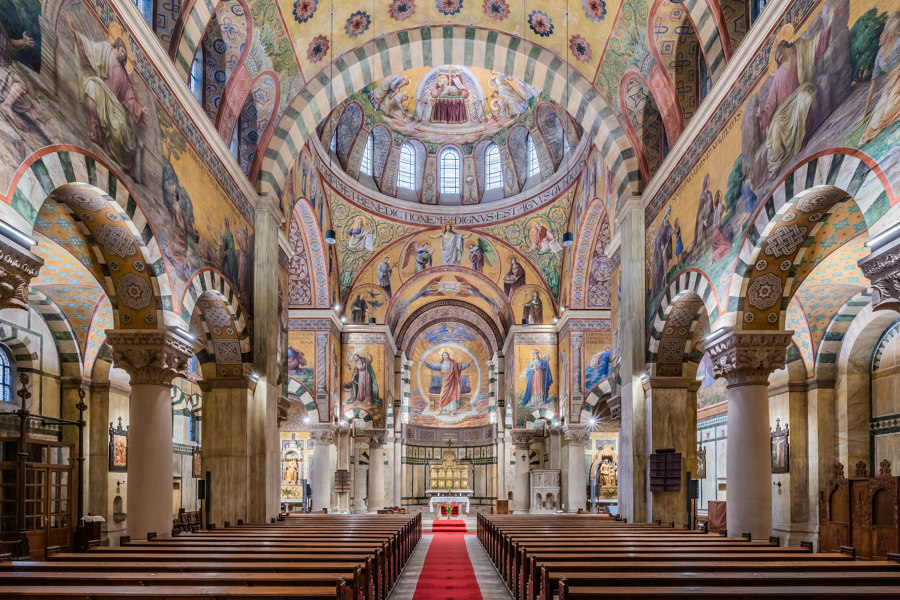
Mawa developed a customised lighting solution for the Sacred Heart Church in Berlin: the fbl, one piece and wittenberg 4.0 luminaires are used here, and matched to the respective room situation. Photo: Stefan Wolf Lucks
×Architects and interior designers know that whether it’s private homes, offices, exclusive retail spaces, sacred buildings or educational institutions, clever lighting design can entirely transform a room, allowing the right accents to be set, as well as unique atmospheres to be created. And in some types of buildings, museums and galleries, for example, light plays an even more crucial role.
For the lighting of mostly large exhibition spaces, many aspects have to be considered in order to display paintings, graphics, sculptures and installations in the right way. Here, colour nuances and details of the artworks must be shown under the best possible lighting conditions, i.e. glare-free and in such a way that the directed light does not dominate.
Mawa equipped the Futurium Berlin (top) with around 600 seventies 70's and seventies 70's plus luminaires. Photo: Stefan Wolf Lucks. The Museum of East Asian Art in Cologne is illuminated by 145 seventies 70's track spotlights. Photo: Jürgen Schmidt
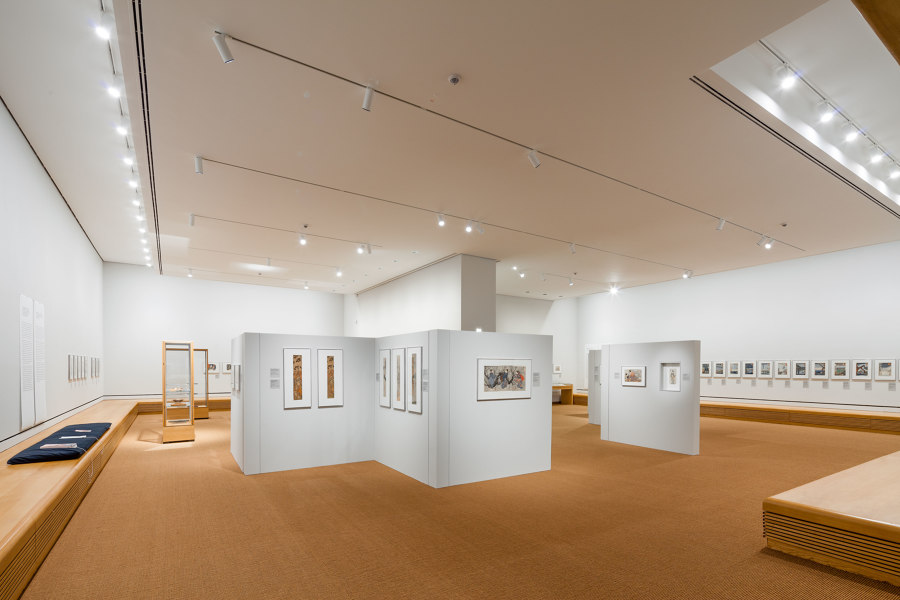
Mawa equipped the Futurium Berlin (top) with around 600 seventies 70's and seventies 70's plus luminaires. Photo: Stefan Wolf Lucks. The Museum of East Asian Art in Cologne is illuminated by 145 seventies 70's track spotlights. Photo: Jürgen Schmidt
×The ideal scenario is a form of lighting that does not appear to visitors to be at all planned and whereby the lights themselves are hardly noticeable. In this complex field, German company Mawa has made a particular name for itself in recent decades and has successfully completed a large number of museum projects.
The Neue Nationalgalerie has been renovated by David Chipperfield Architects according to its status as a listed building. Mawa restored 3108 existing luminaires, partly reconstructing and equipping them with LED technology. Photo: Mawa Design

The Neue Nationalgalerie has been renovated by David Chipperfield Architects according to its status as a listed building. Mawa restored 3108 existing luminaires, partly reconstructing and equipping them with LED technology. Photo: Mawa Design
×In its most recent museum project, the company, which is based near Potsdam, placed itself entirely at the service of art and architecture. The refurbishment of Berlin’s Neue Nationalgalerie was recently completed by David Chipperfield Architects in line with the requirements for listed buildings. As part of this project, Mawa had to restore over 3,000 existing lights, partly reconstructing them, and equipping them with LED technology.
At the Humboldt Forum Museum in Berlin, the exhibition rooms are illuminated with over 3000 track spotlights from the seventies 70’s plus series by Mawa. Photo: Stefan Wolf Lucks
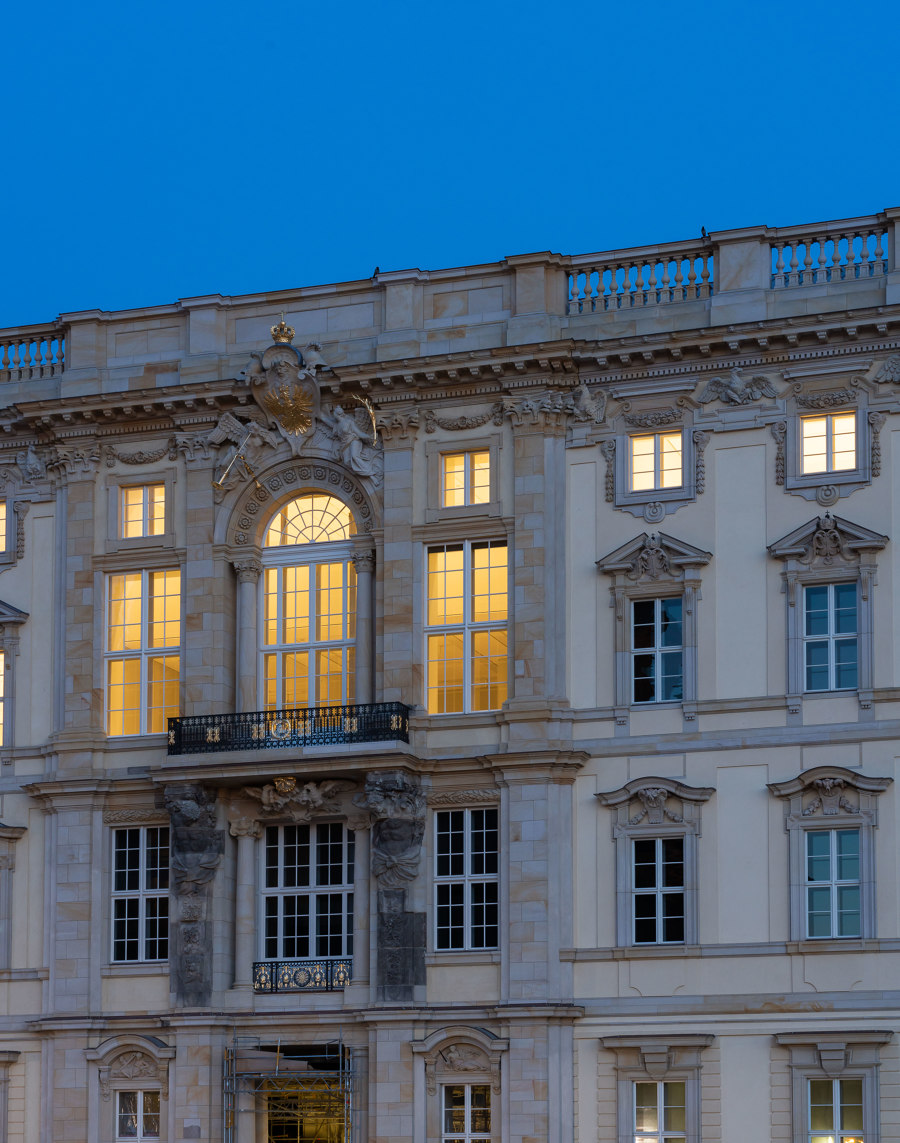
At the Humboldt Forum Museum in Berlin, the exhibition rooms are illuminated with over 3000 track spotlights from the seventies 70’s plus series by Mawa. Photo: Stefan Wolf Lucks
×In this context, it is well worth taking a closer look at Mawa’s website. Here, you will find numerous examples of projects, including the Humboldt Forum, which prove how seamlessly and sensitively art and design can complement each other. The optimised seventies 70’s plus lighting series is used here. It is a further development of the Mawa seventies 70’s series and the culmination of many years of experience in exhibition lighting.
‘You can see the influence of classical modernism on our core business: technical lighting systems’
Just 5 mm longer than the seventies 70’s, DALI version lighting series, the focus in the development of this track spotlight system was its suitability for use in museums. High-level colour rendering was one of the decisive qualities that needed to be achieved, as well as an unobtrusive, minimalist design.
The lecture hall of the Humboldt University Berlin in the Thaer Institute for Agricultural and Horticultural Sciences shines. The hall is lit with individually manufactured versions of the seventies ‘70's’ luminaire series. Photo: Stefan Wolf Lucks
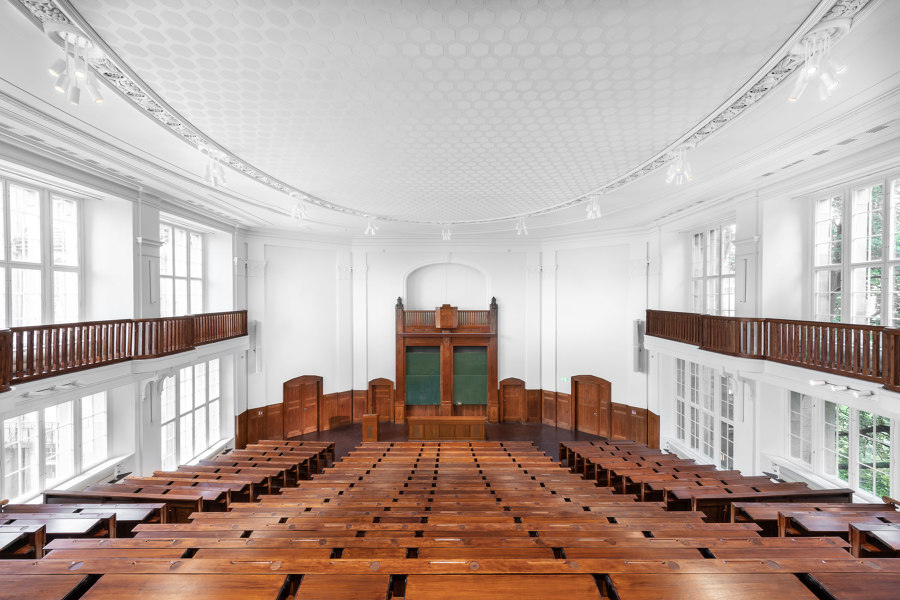
The lecture hall of the Humboldt University Berlin in the Thaer Institute for Agricultural and Horticultural Sciences shines. The hall is lit with individually manufactured versions of the seventies ‘70's’ luminaire series. Photo: Stefan Wolf Lucks
×For Martin Wallroth, founder and managing partner of Mawa, the formal clarity of his products is decisive: ‘You can see the influence of classical modernism on our core business: technical lighting systems.’ Wallroth is unconcerned with short-term trends, as evidenced by Mawa’s product range – free of the exuberance often found in lighting design.
Rather, Wallroth thinks in the long-term when it comes to reissues of classic lighting, just as he does with the newcomers in the Mawa portfolio: ‘For me, sustainability – also in design – means that our products must be durable, fashion-resistant and still function technically as well as visually even after years of use. To put it simply: they must also age gracefully. This, I think, is our greatest contribution to sustainability.’
Timeless form, reduced to the essentials: seventies 70's’ plus track spotlight. Even the poet Theodor Fontane knew that ‘Everything depends on the lighting’. Photo: Mawa design

Timeless form, reduced to the essentials: seventies 70's’ plus track spotlight. Even the poet Theodor Fontane knew that ‘Everything depends on the lighting’. Photo: Mawa design
×Future- and past compatibility of technical elements across the Mawa range also makes a decisive contribution to the longevity of its luminaires.
In addition to the seventies 70’s and seventies 70’s plus lighting collections, Mawa produces the universally applicable fbl flat-box-led and wittenberg 4.0 systems. These have a modular design, almost all of their components can be replaced and extended without tools as requirements change, and all components are characterised by the ease with which they can be dismantled, as well as being repairable and reusable.
Naturally, Mawa also attaches great importance to quality when it comes to colours and materials. Many of the company’s lights are powder-coated in such a way that experts often think they have been wet-painted. The decisive factor here is quality management that is integrated into the company’s production processes. Thanks to its own design- and R&D departments, as well as its own lighting laboratory, the company can always ensure that the high expectations of often-very-demanding clients are met.
To mark the 60th anniversary of the ‘Berlin Frying Pan’, Mawa has reissued the design classic (top). Photo: Leon Kopplow. Luminaires from the wittenberg 4.0 series are used in specialist shop Brillen in Berlin’s Mitte district (above). Photo: Stefan Wolf
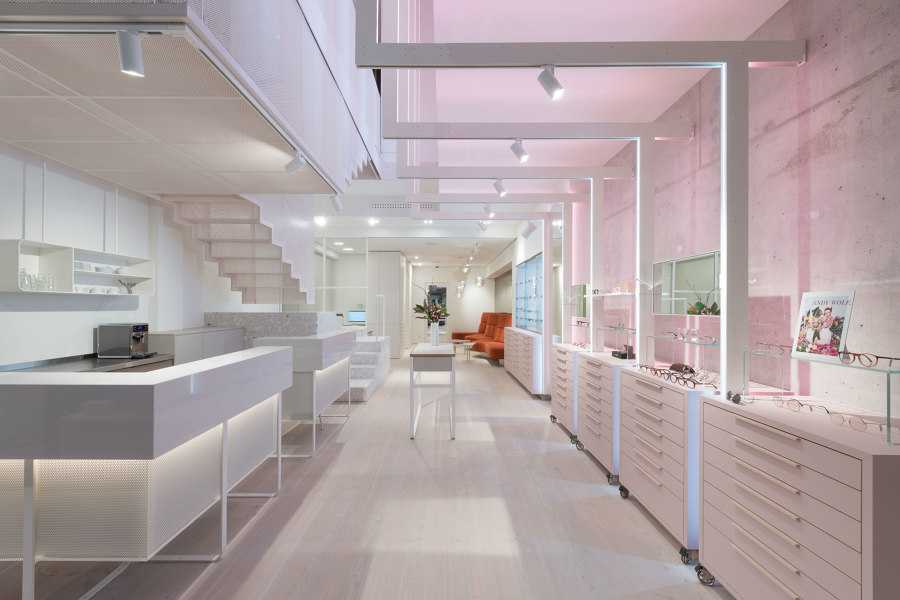
To mark the 60th anniversary of the ‘Berlin Frying Pan’, Mawa has reissued the design classic (top). Photo: Leon Kopplow. Luminaires from the wittenberg 4.0 series are used in specialist shop Brillen in Berlin’s Mitte district (above). Photo: Stefan Wolf
×In addition to a range of its own products created by renowned designers, the company is also keeping a number of historical lighting classics alive, including the schliephacke and ssymmank floor lamps, the havanna pendant lamp from the Wilhelm Braun-Feldweg reissue, and the Aloys Ferdinand Gangkofner reissue. And thanks to increasingly precise and flexible technical possibilities, Mawa is also able to produce entirely bespoke designs – from one-offs to larger quantities.
Planners, designers, constructors and fitters working at the production site near Potsdam (top). Photo: Maria Parussel/ADPASSION GmbH. CMT and TIG professionals are supported by CNC welding robots and CNC stud welding machines (above). Photo: WFBB

Planners, designers, constructors and fitters working at the production site near Potsdam (top). Photo: Maria Parussel/ADPASSION GmbH. CMT and TIG professionals are supported by CNC welding robots and CNC stud welding machines (above). Photo: WFBB
×The company is also known for its love of experimentation. Here, designers know their creative visions will not be held back by an attitude of ‘no-can-do’, but have rather, on the contrary, learnt that with Mawa ‘there’s no such thing as can’t.’
© Architonic


